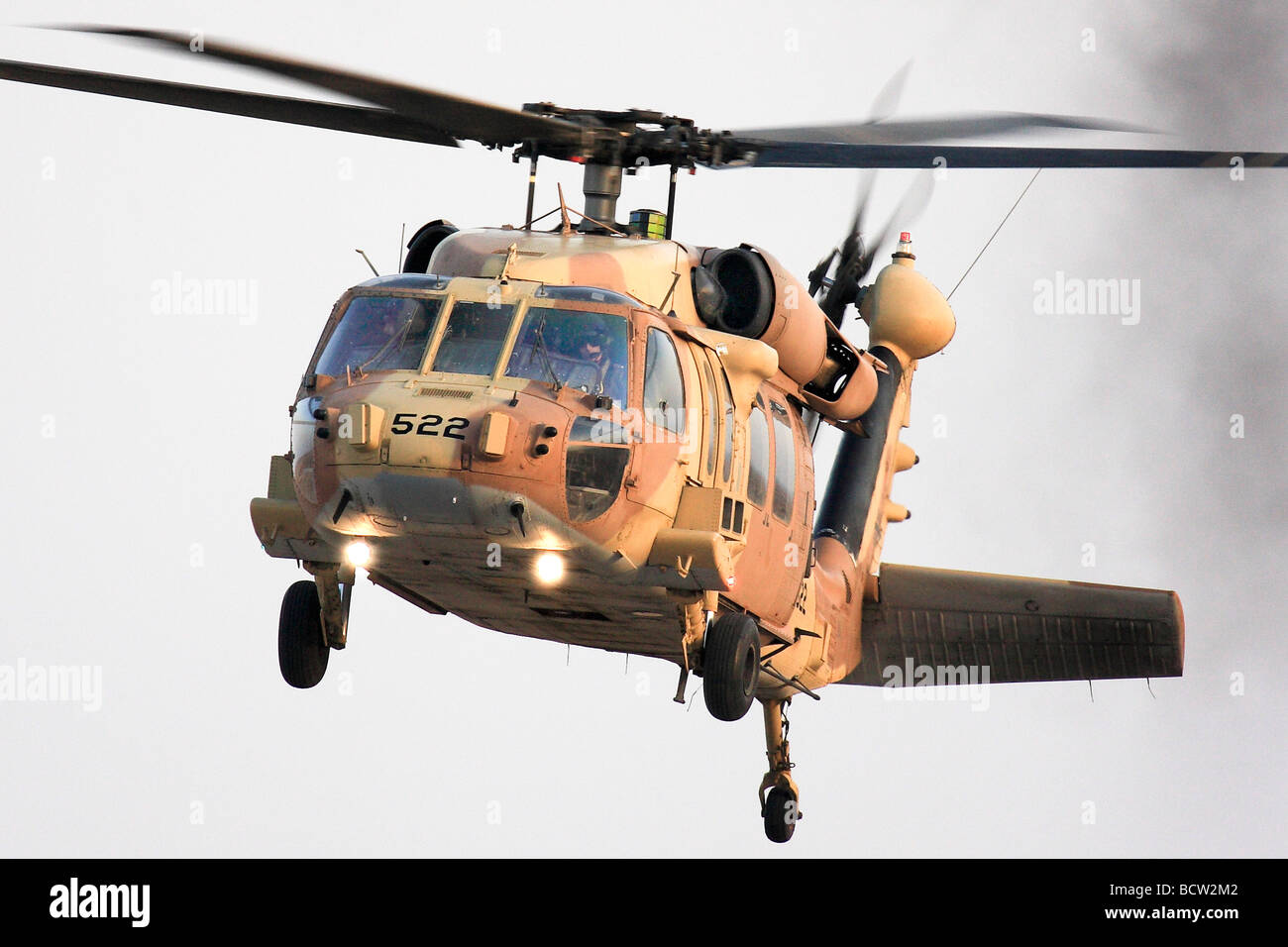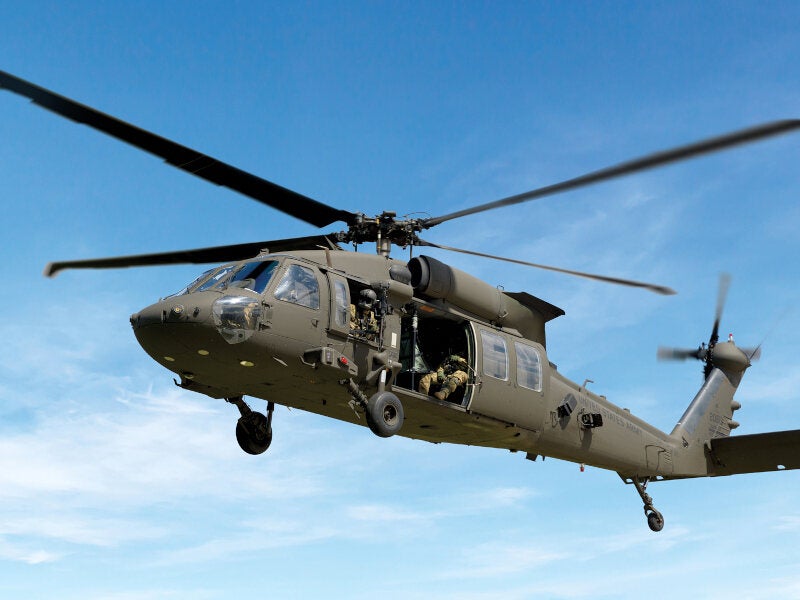High-Performance Multi-Role Rotorcraft Featuring Advanced Cabin Technologies and Integrated Sensing Unit Systems
The realm of rotorcraft technology has seen remarkable innovations in current times, specifically in the realm of high-performance multi-role rotorcraft equipped with innovative cabin modern technologies and seamlessly integrated sensing unit systems. These technologies have not just enhanced the operational capabilities of rotorcraft but have actually additionally substantially affected contemporary aviation procedures on various fronts. From improved goal convenience to boosted operational performance, the merging of sophisticated cockpit modern technologies and incorporated sensor systems has actually introduced a new period of opportunities for rotorcraft applications. In the complying with discussion, we will certainly check out the evolution of rotorcraft technology, look into the realm of advanced cockpit developments, and analyze the ramifications of integrated sensing unit systems on the operational versatility and efficiency of modern rotorcraft.
Development of Rotorcraft Technology
The development of rotorcraft modern technology has been noted by significant innovations in aerodynamics, materials, and propulsion systems, shaping the abilities and efficiency of modern rotorcraft. Wind resistant enhancements have improved the effectiveness and ability to move of rotorcraft, permitting increased speed, agility, and security during flight (sikorsky s 70). Developments in products, such as the use of composite materials and advanced alloys, have actually resulted in lighter yet more powerful rotorcraft structures, improving total efficiency and durability. Additionally, advancements in propulsion systems, including much more effective engines and cutting-edge propulsion innovations, have made it possible for rotorcraft to accomplish higher altitudes, faster rates, and greater payloads.
These developments have not only changed the abilities of rotorcraft however have also increased their applications throughout different industries, consisting of armed forces, commercial, and emergency situation solutions. The continuous evolution of rotorcraft innovation remains to drive development in the area, pushing the boundaries of what is feasible and shaping the future of upright flight.
Advanced Cabin Innovations
Structure upon the foundational developments in aerodynamics, products, and propulsion systems, the realm of rotorcraft technology currently moves focus in the direction of introducing Advanced Cockpit Innovations. The assimilation of cutting-edge innovations within the cockpit environment plays a vital function in enhancing the functional abilities, safety and security, and effectiveness of modern rotorcraft. sikorsky s 70. Advanced Cockpit Innovations incorporate a broad array of functions designed to supply pilots with enhanced situational understanding, structured data administration, and intuitive control interfaces
Among the key advancements in cockpit layout is the implementation of glass cabins, which replace typical analog evaluates with high-resolution displays. These digital systems supply adjustable formats, real-time data assimilation, and enhanced readability, enabling pilots to gain access to crucial details at a look. In addition, progressed avionics systems, such as fly-by-wire controls and augmented reality screens, are changing exactly how pilots engage with the aircraft, permitting exact control and boosted decision-making capabilities.


Incorporating advanced cabin technologies not just enhances pilot efficiency however likewise adds to total objective effectiveness and safety in intricate operational environments. By leveraging modern innovations within the cockpit, rotorcraft manufacturers are establishing new requirements for operational quality and objective success.
Integrated Sensing Unit Solutions
With the evolution of rotorcraft modern technology, the combination of advanced Integrated Sensing unit Solution has actually ended up being critical in boosting operational performance and security. These Integrated Sensor Systems incorporate a large array of innovations that provide essential data for numerous functions such as navigating, surveillance, targeting, and environmental surveillance. By perfectly incorporating sensors like radars, electronic cameras, lidar, and infrared systems right into rotorcraft, drivers can benefit from boosted situational awareness, boosted goal capabilities, and minimized pilot workload.
One secret benefit of Integrated Sensing unit Systems is their capacity to gather real-time data and give actionable understandings to pilots and objective operators. Progressed radar systems can identify and track targets over long ranges, allowing for early risk detection and efficient feedback preparation. Additionally, integrating electro-optical and infrared electronic cameras enables rotorcraft to conduct reconnaissance and monitoring objectives with accuracy and precision.
Essentially, the integration of innovative sensing unit modern technologies right into rotorcraft not just boosts operational performance yet likewise adds significantly to overall mission success and staff safety and security. As rotorcraft proceed to evolve, the role of Integrated Sensing unit Equipment will definitely continue to be at the leading edge of technology find more information in the aerospace sector.
Functional Adaptability and Performance
Enhancing functional adaptability and effectiveness in rotorcraft is an all-natural progression from the assimilation of sophisticated Integrated Sensor Systems. By leveraging the understandings and data given by these sophisticated sensing unit systems, rotorcraft can optimize their efficiency throughout various missions and settings.
Operational flexibility encompasses the ability of rotorcraft to adjust to different duties and situations efficiently. With innovative cockpit technologies and incorporated sensor systems, rotorcraft can flawlessly shift between jobs such as search and rescue, medical emptying, surveillance, and extra. This adaptability enhances the rotorcraft's ability to meet varied functional requirements without requiring extensive reconfiguration.
Effectiveness in rotorcraft operations is critical for taking full advantage of mission efficiency and source usage. Integrated sensing unit systems play a pivotal function in boosting operational effectiveness by providing real-time data on climate condition, terrain mapping, target monitoring, and much more. This data allows pilots to make enlightened choices swiftly, enhance trip courses, conserve fuel, and improve total mission productivity.
Impact on Modern Air Travel Procedures

In addition, the combination of sophisticated sensing units promotes enhanced mission preparation and implementation, allowing rotorcraft to do a wide variety of tasks with boosted precision. From search and rescue procedures to aerial firefighting and regulation enforcement missions, the capacities of modern rotorcraft outfitted with advanced cockpit technologies and integrated sensing unit systems are unparalleled.
In addition, the impact of these innovations prolongs past operational effectiveness to cost-effectiveness and sustainability. By optimizing trip courses, fuel usage, and upkeep schedules, high-performance rotorcraft geared up with innovative cockpit innovations and sensing units contribute to minimizing functional expenses and environmental influence, making them crucial properties in contemporary aviation procedures.
Verdict
To conclude, the high-performance multi-role rotorcraft with innovative cabin innovations and incorporated sensor systems stands for a considerable development in aviation innovation. These innovations enhance operational adaptability and performance, inevitably affecting modern-day air travel operations in a favorable means. The assimilation of these sophisticated technologies enables for boosted capabilities and performance in numerous objective circumstances, showcasing the proceeded development of rotorcraft modern technology in the aviation industry.
The realm of rotorcraft technology has seen remarkable improvements in recent times, particularly in the world of look at more info high-performance multi-role rotorcraft furnished with sophisticated cockpit innovations and flawlessly incorporated sensor systems. From enhanced mission versatility to improved operational efficiency, the convergence of advanced cockpit modern technologies and integrated sensing unit systems has ushered in a new period of possibilities you could try here for rotorcraft applications. In the following discussion, we will check out the development of rotorcraft modern technology, dive into the realm of advanced cabin advancements, and take a look at the ramifications of incorporated sensor systems on the operational adaptability and effectiveness of modern-day rotorcraft.
